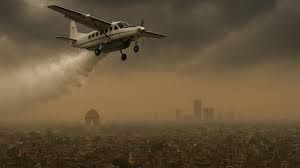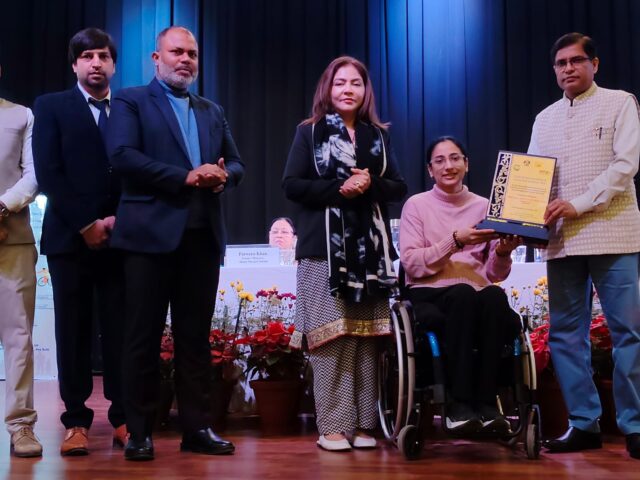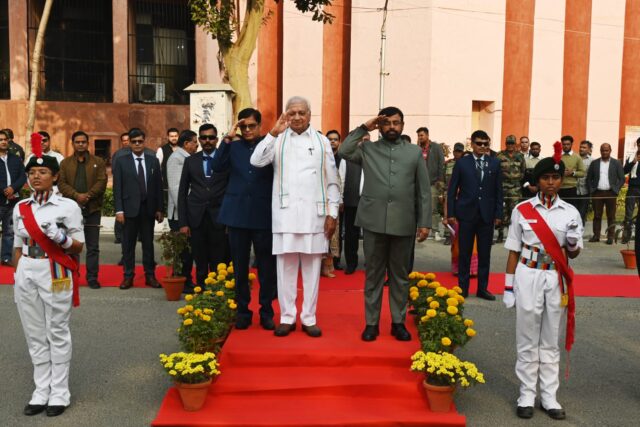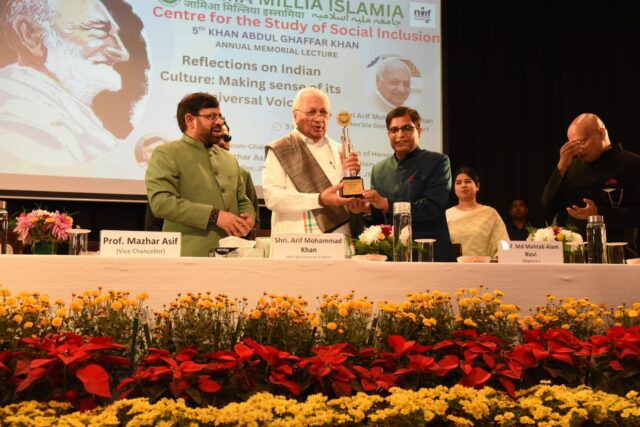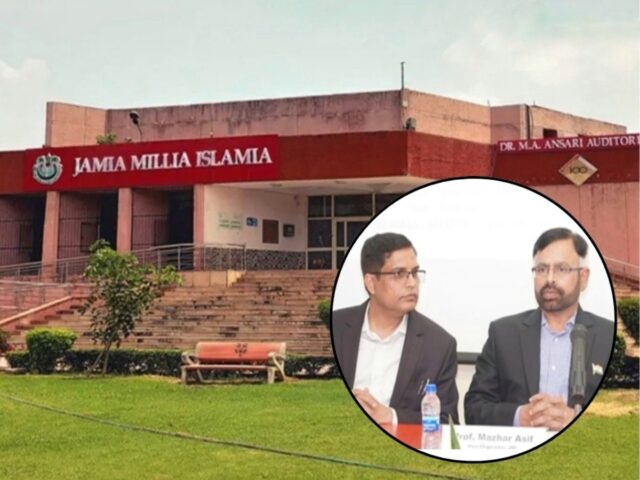Is India moving towards Europe, the question raised from the new map of the world?

A new map of the Earth’s global geological regions ie land areas and tectonic plates has been made. Due to this, it will help in studying the changes taking place in the upper layer of the earth. Also, this map will be beneficial for those who study natural disasters like earthquakes and volcanic eruptions. This study has been done by Dr. Derrick Haysterock, a lecturer in the Department of Earth Sciences at the University of Adelaide, Australia, and his colleagues.
Dr. Derrick said that we compared the formation of the boundary zone of the plates and the structure of the old continental crust. studied them. The continents are connected like jigsaws. Each time they keep on connecting and breaking like a puzzle. Make a new picture and a new map. Our study will help in how we can combine each piece to make a new picture compared to the old one. Two new things have come to the fore in this map. The first is that the microplate between the Indian plate and the Australian plate has been included in the map. Second is that India is moving towards Europe.
Created three new models – Plate, Province and Orogeny models
Dr. Derrick told that the boundary zones of tectonic plates cover 16 percent of the Earth’s crust. Whereas 27 percent of the continent. We have made three new geological models from the new study. The first is the plate model, the second is the province model and the third is the orogeny model. Orogeny model means the process of formation of mountains.

This is the map in which all types of geographical boundaries of the world are mentioned. (Photo: Dr. Derrick Haystrock/University of Adelaide)
There are 26 orogenes on earth. That is, they are made by the movement of the crust or the collision of plates. These 26 orogenes of mountains meet the current architecture of the earth. Many of these plates have helped in the formation of supercontinents. Dr. Derrick told that his work is to study the formation of tectonic plates. Also understanding their updated boundaries, so that natural disasters like earthquakes and volcanoes can be assessed.
Microplate separates Indian plate from Australia
Dr. Derrick told that the map of the tectonic plate was based on topographic models and global seismic activities. It was not updated since 2003. Many microplates have also been included in our new map. Such as the Macquare Microplate in the south of Tasmania and the Capricorn Microplate which separates the India and the Australian Plate.

In this map you can see the microplate between Indian and Australian plate. (Photo: Dr. Derrick Haystrock/University of Adelaide)
The biggest change has been seen in the plates of western-North America. Its boundary is formed with the Pacific Plates, which is joined by the San Andreas and Queen Charlotte Faults. But now 1500 km wide inner line ie valley has been seen between these faults. It is increasing the distance between these two plates.
New information… Deformation zone is being created in North India
After this the biggest change has come in Central Asia. The new model suggests that a deformation zone is being seen in the north of India. Because the Indian plate is constantly moving towards the Eurasian plate. Scientists have not told about what effect this will have on the geographical and geological situation of India. But it is certain that India will not have a positive effect on it in future.
This study has recently been published in the journal Earth-Science Review. Dr. Derrick said that our map tells the full story of 90 percent of the earthquakes and 80 percent of volcanic eruptions on the earth in the last two million years. Whereas the current models give details of only 65 percent of the earthquakes. With the help of this map, people can calculate natural disasters.


